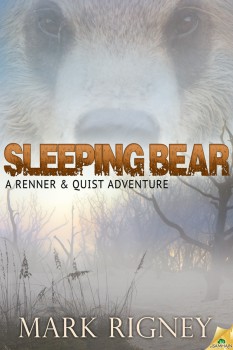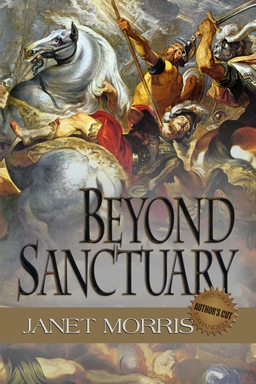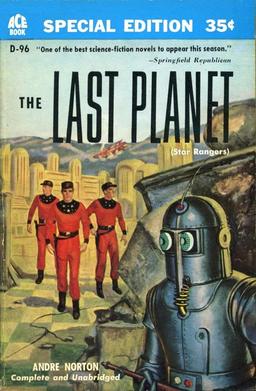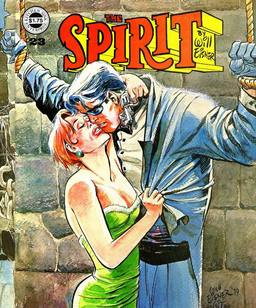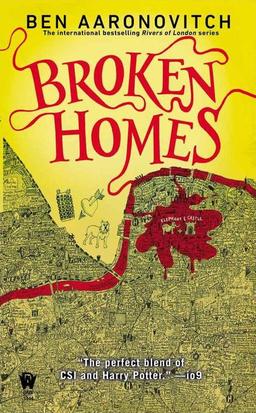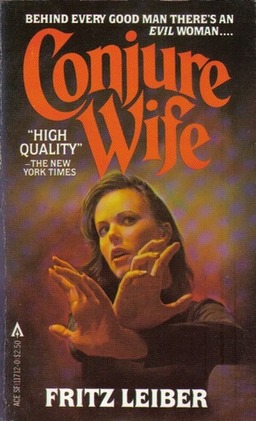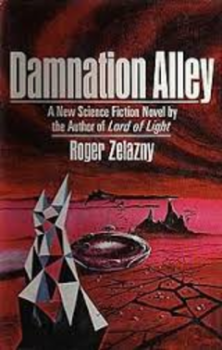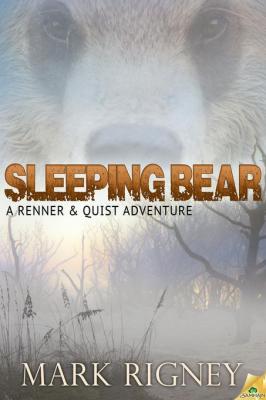SFWA Ugliness Spreads to Personal Attacks on Mary Robinette Kowal
 Last week, we reported on the most recent public explosion in the ranks of the Science Fiction Writers of America, as Dave Truesdale, Robert Silverberg, Harlan Ellison, Barry N. Malzberg, Gene Wolfe, and others signed a petition calling for changes in the planned oversight to the SFWA Bulletin. That particular brouhaha seems to have blown over for the most part, at least partially defused by a statement from SFWA President Steven Gould, clarifying that “the editor of the Bulletin will not have to go to any selection or editorial review board to approve material.”
Last week, we reported on the most recent public explosion in the ranks of the Science Fiction Writers of America, as Dave Truesdale, Robert Silverberg, Harlan Ellison, Barry N. Malzberg, Gene Wolfe, and others signed a petition calling for changes in the planned oversight to the SFWA Bulletin. That particular brouhaha seems to have blown over for the most part, at least partially defused by a statement from SFWA President Steven Gould, clarifying that “the editor of the Bulletin will not have to go to any selection or editorial review board to approve material.”
But, like a needle lancing a boil, this latest controversy has brought an eruption of hurt feelings, long-festering grudges, and bitter commentary to the surface. Much of it has been in the public forums of SFF.Net (where Black Gate also has a newsgroup.) The most incendiary comments seem to be directed towards either the signers of the petition or towards the fan press who made an issue of it. But the sound of cannon fire seems to have been too much to resist for others, who are using the opportunity to level personal attacks at current and former SFWA officers.
One of the most egregious is Macmillan’s associate director of contracts, Sean P. Fodera, who launched a personal attack on Mary Robinette Kowal, bizarrely criticizing her wardrobe and critiquing her for being “somewhat attractive.” Fodera, a self-professed science fiction fan who apparently embraces ideas like teleporting wardrobes, magic wands, and giant space amoebas, seems to be completely unable to wrap his head around the concept of a woman who both likes to model and write science fiction. In fact, the whole thing seems to send him into a baffled rage.
For a long time, her website featured an array of photos of her in a diaphanous white outfit, posing on a beach. No metal bikinis or such, but they were not innocuous writer headshots either. One of them, with her recumbent on the sand with legs exposed, made her somewhat attractive. I also recall she’s fond of wearing tight-fitting gowns and plunging necklines when she attends cons and award ceremonies.
I’ll have to add “phony” to “incompetent” and “arrogant” in the mental tags I’ve assigned her.
